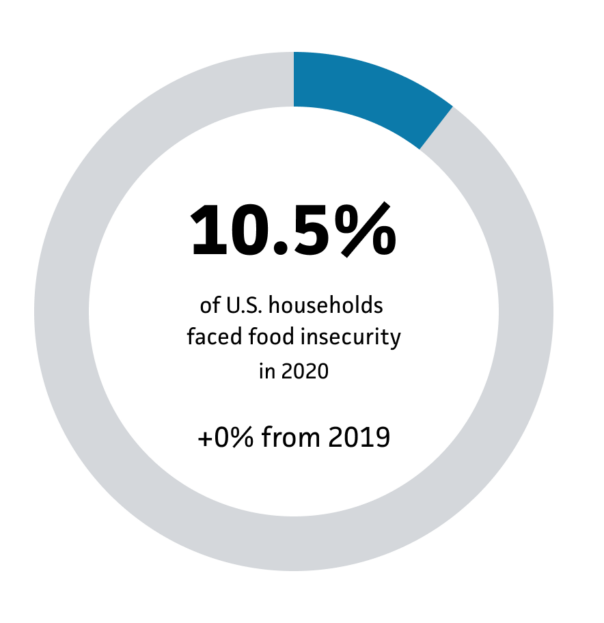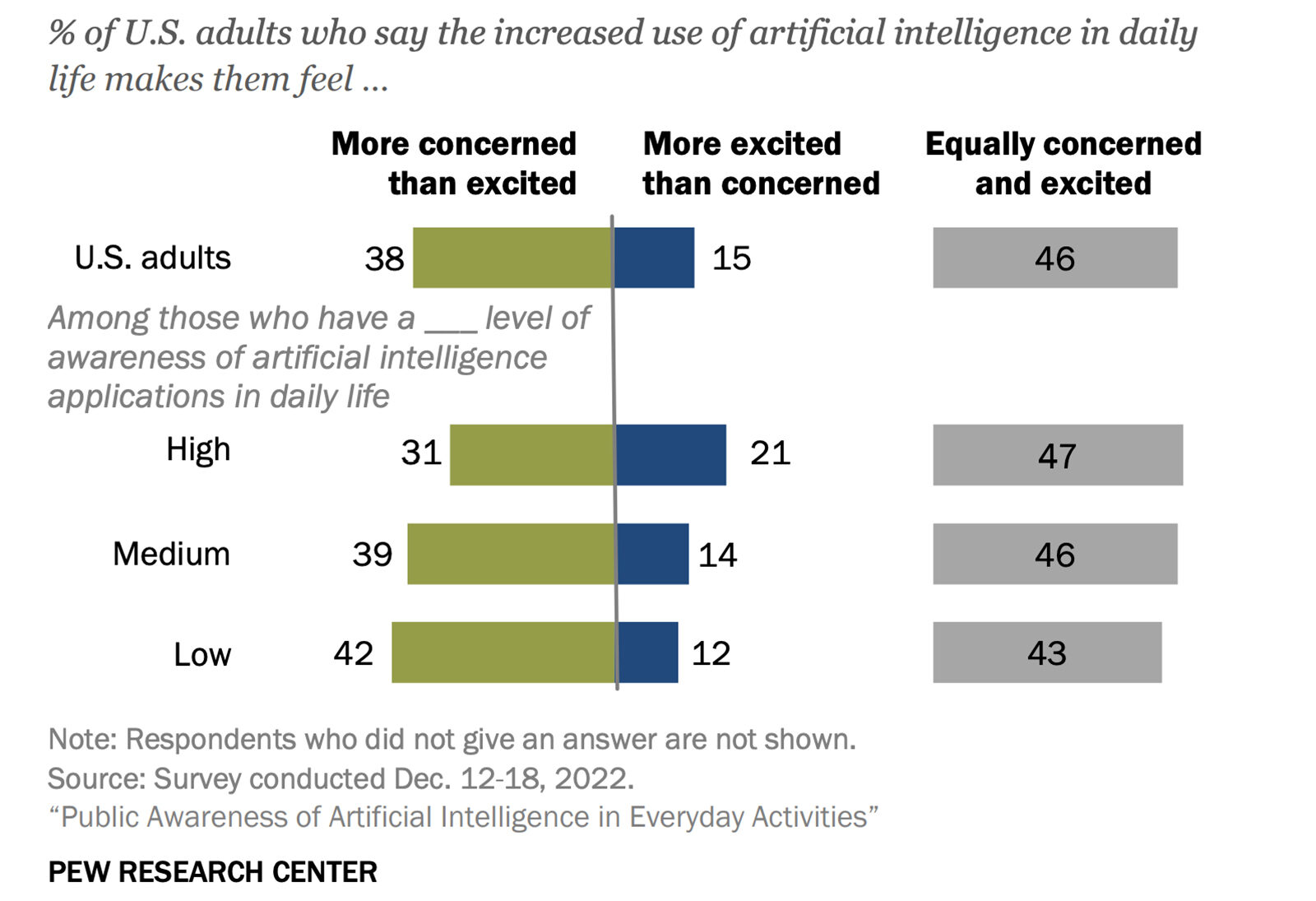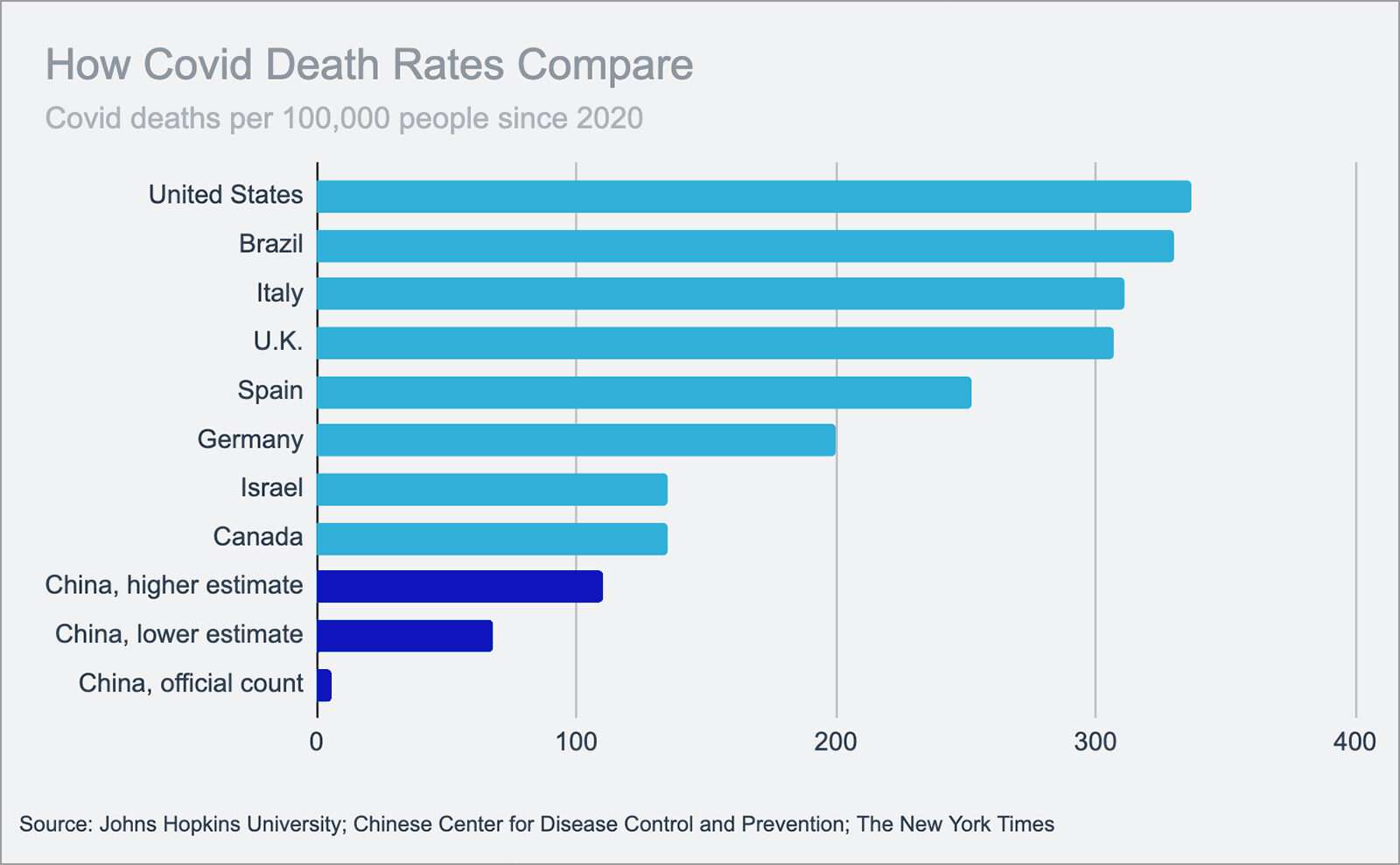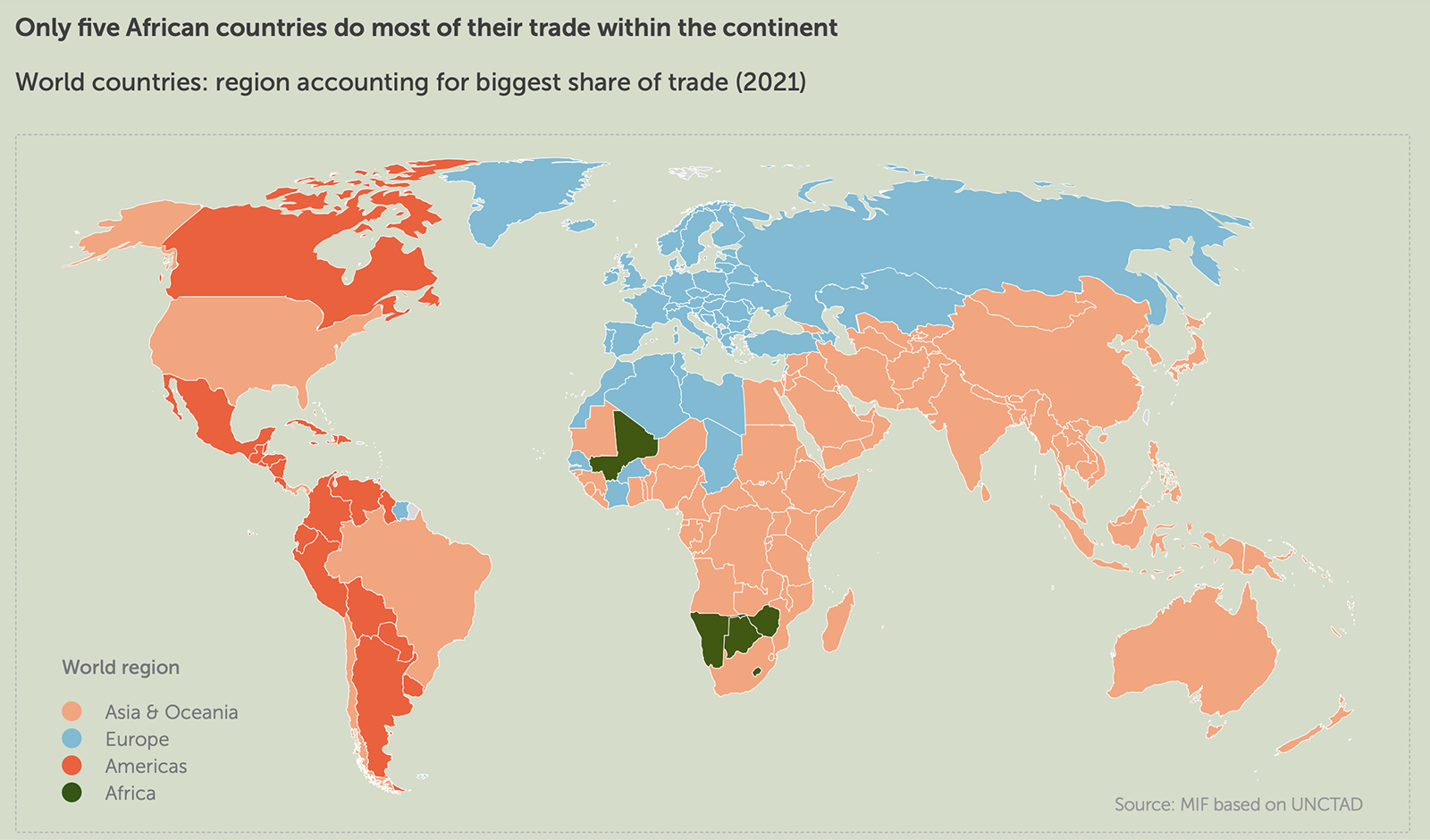
Source: BRINK
The Pandemic Didn’t Lead to an Increase of Food-Insecure Households In the U.S.
Despite a global pandemic, the amount of U.S. households facing food insecurity was stable throughout 2020. A recent report (pdf) by the USDA found that 89.5% of American households were food-secure last year, unchanged from 2019.
Among the 10.5% of households that did face food insecurity, 5.1 million households (3.9% of the toal) faced very low food security — where members “experienced reduced food intake and disrupted eating patterns at times during the year because of limited money and other resources for obtaining food.” Households with children faced a disproportionate amount of food insecurity when compared to 2019, however. About 7.5% of U.S. households with children faced food hardships in 2020 — up from 6.5% in 2019.
The fact that the food-insecure population held steady during a global pandemic shows the impact of U.S. social safety nets, which helped vulnerable populations weather the storm, as well as private relief efforts like charitable food donations.





